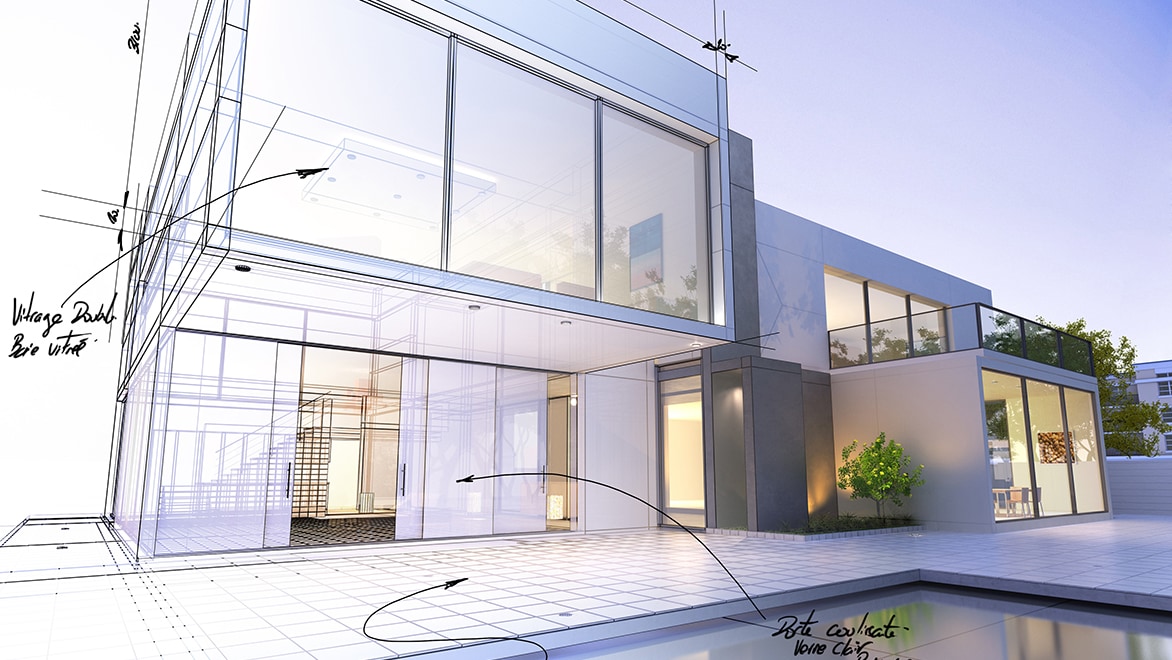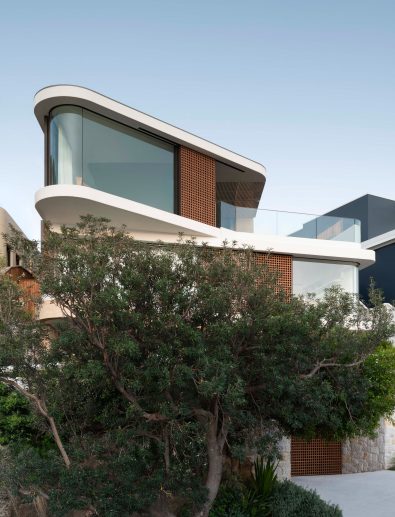Leading Fads in Residential Design You Should Know Concerning
As domestic architecture continues to advance, a number of compelling patterns are forming the way we make and occupy our living rooms. Key advancements such as lasting building techniques, the integration of wise home technology, and the rise of modular homes highlight a substantial change towards both functionality and ecological obligation.
Lasting Building Practices
A raising number of domestic projects are accepting sustainable structure methods, driven by an expanding awareness of ecological impact and energy efficiency. This shift is defined by the assimilation of green products, energy-efficient layouts, and innovative building techniques. Contractors and house owners are progressively prioritizing using eco-friendly sources, such as bamboo and recycled metals, which not only decrease the carbon impact but likewise enhance the resilience and visual allure of residential or commercial properties.
Integrating energy-efficient systems is another important facet of sustainable structure - residential house architect. Attributes such as high-performance insulation, energy-efficient home windows, and photovoltaic panels are ending up being standard in new domestic layouts. These components not just add to reduced energy usage however likewise provide substantial lasting cost savings for property owners
Moreover, the design of sustainable homes commonly emphasizes natural light and air flow, lowering the dependence on artificial lights and climate control systems. Landscaping techniques, such as xeriscaping, additional advertise sustainability by lessening water use.
As the need for lasting living options proceeds to increase, the domestic design field is positioned to innovate and adjust, guaranteeing that future homes are not just eco liable yet also comfortable and functional for their owners. - residential house architect
Smart Home Modern Technology
Smart home technology is changing the way homeowners engage with their home, enhancing security, power, and ease management. This innovative strategy incorporates various gadgets and systems, enabling users to regulate their homes from another location or via automated processes. Central to this pattern is using wise gadgets such as thermostats, illumination, safety electronic cameras, and appliances, all attached by means of the Web of Points (IoT)
Among the most enticing functions of smart home technology is the capability to customize setups for optimal energy efficiency. Home owners can keep an eye on power usage and adjust air conditioning, lighting, and home heating based on their routines, substantially minimizing energy costs. Innovative safety systems furnished with smart locks and monitoring cameras provide tranquility of mind, allowing remote surveillance and notifies to potential protection violations.
Assimilation with voice-activated aides improves user experience, permitting house owners to regulate devices with straightforward voice commands. As innovation remains to develop, the possibility for smart home systems to boost quality of life expands, making them an essential consideration in modern domestic style. Inevitably, clever home technology is not merely a fad however a basic change towards much more smart living environments.
Open Idea Living
Open principle living has actually become a specifying function in modern household style, identified by the elimination of standard obstacles in between areas. This layout ideology promotes fluidness and connectivity within the home, permitting for a smooth shift in between areas such as the kitchen area, dining, and living rooms. By eliminating partitions and wall surfaces, open idea designs produce a feeling of space, he has a good point fostering an inviting ambience that improves social interaction.

Additionally, this approach to residential design straightens with minimalism, concentrating on useful simpleness and aesthetic comprehensibility. Property owners appreciate the versatility of these layouts, which can be conveniently adjusted to mirror personal design with furnishings setup and decor. As open idea living continues to acquire traction, it continues to be a testament to evolving family dynamics and the need for homes that boost link and convenience.
Biophilic Layout
Biophilic design has actually ended up being increasingly significant in domestic design, stressing the innate connection between humans and nature. This design philosophy seeks to incorporate natural environments into living rooms, consequently promoting a feeling of wellness and boosting the lifestyle for passengers. By integrating attributes such as natural light, plants, and organic materials, biophilic design promotes an unified connection between interior atmospheres and the environment.
Secret aspects of biophilic layout include big windows that offer unhampered views of exterior landscapes, living wall surfaces that present greenery into insides, and open layout that motivate air flow and all-natural light penetration. Water functions, both within and outside the home, offer to produce soothing atmospheres and boost sensory experiences.
Moreover, using sustainable products not only sustains ecological stewardship however additionally adds to much healthier interior air high quality. As awareness of ecological concerns boosts, property owners are significantly prioritizing styles that reflect their link to nature. Fundamentally, biophilic design not just boosts aesthetic allure important link but likewise addresses mental and psychological needs, making it an essential pattern in modern household architecture.
Modular and Prefab Houses

Furthermore, prefab and modular homes are made with sustainability in mind. Numerous makers use energy-efficient systems and environment-friendly materials, such as photovoltaic panels and advanced insulation techniques, adding to reduced energy intake and lower energy expenses for property owners. The flexibility of layout choices enables modification, accommodating diverse aesthetic preferences and functional needs.
As the need for economical housing remains to rise, modular and prefab homes provide a sensible option, attending to both economic and environmental challenges. Areas are significantly recognizing the potential of these frameworks, incorporating them into metropolitan and rural setups. Overall, the fad towards modular and prefab homes indicates a change toward more sustainable, efficient, and adaptable living settings, making them a critical element of modern residential architecture.
Final Thought
Lasting building techniques and wise home technologies improve performance and benefit, while open idea living and biophilic design foster social communication and a link to nature. The rise of modular and prefab homes offers adjustable and economical options, showing a more comprehensive shift towards practical and accountable living.
Trick advancements such as lasting structure methods, the assimilation of smart home innovation, and the increase of modular homes underscore a considerable shift in the direction of both capability and ecological duty.The surge of prefab and modular homes has actually changed the residential architecture landscape, providing cutting-edge solutions for effective and sustainable living.Furthermore, prefab and modular homes are developed with sustainability in mind. In general, the fad toward prefab and modular homes signifies a shift towards much more sustainable, effective, and versatile living settings, making them a pivotal aspect of contemporary residential architecture.
Sustainable building techniques and wise home technologies boost effectiveness and benefit, while open concept living and biophilic style foster social interaction and a link to nature.